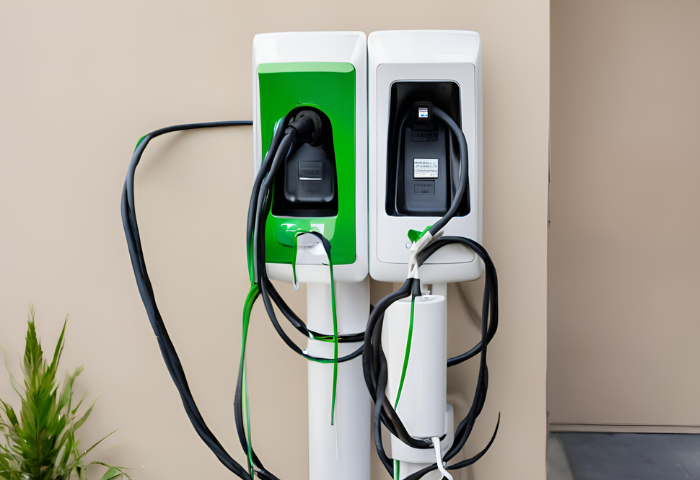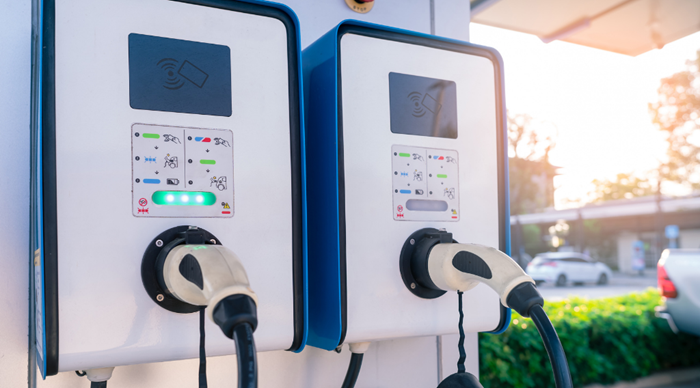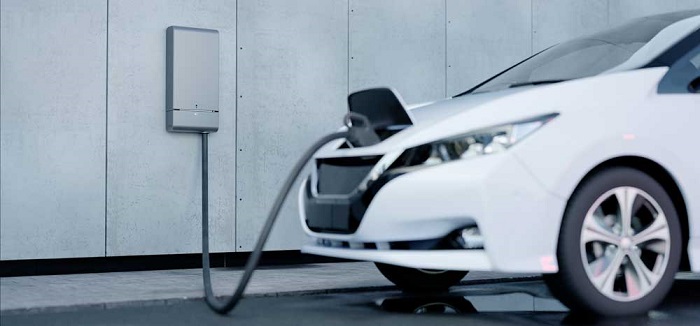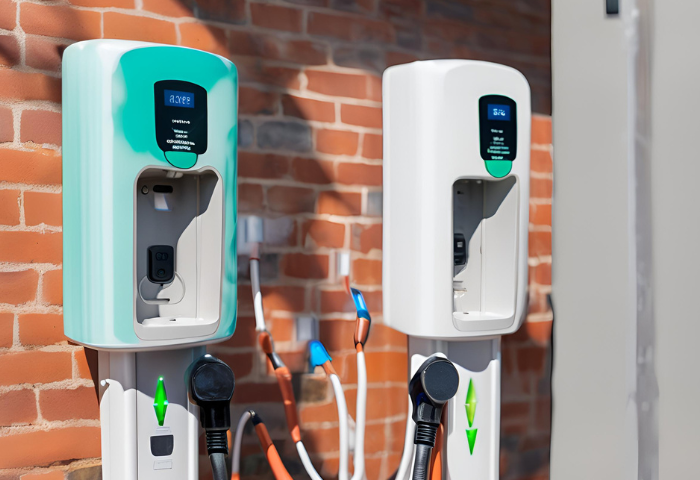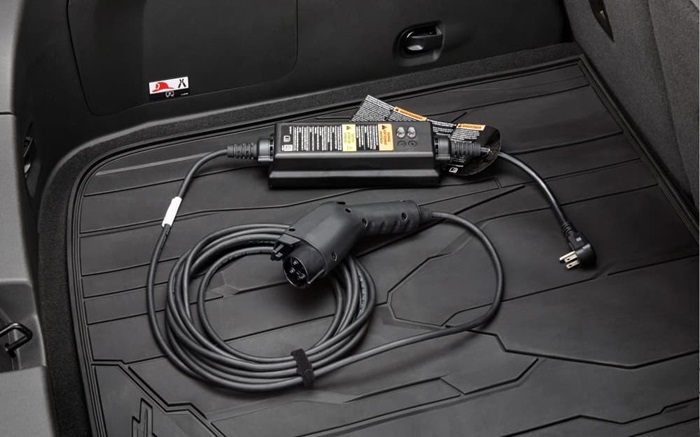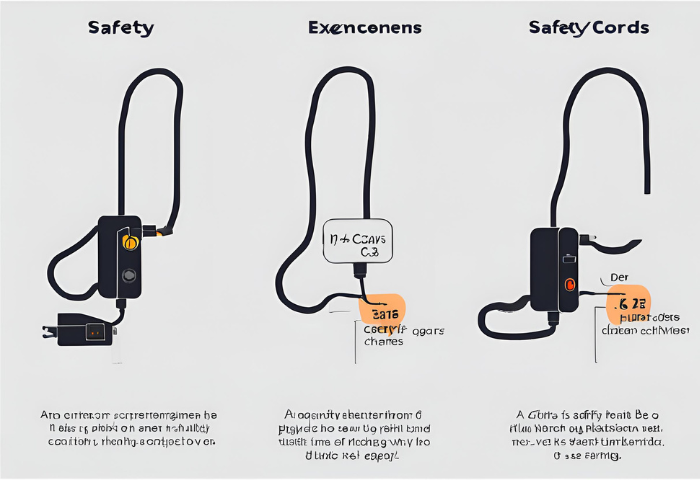Get the Most Out of Your Electric Vehicle: Exploring Level 1 EV Charging Rate
Level 1 charging is the most accessible and convenient way to charge your electric vehicle (EV). While it offers the slowest charging rate, it’s ideal for overnight charging or topping off your battery during errands.
Level 1 charging is a cost-effective option, requiring minimal installation and utilizing existing infrastructure. It’s perfect for drivers with regular access to charging at home or work, maximizing convenience and affordability.

Understanding the Basics of Level 1 Charging
Level 1 charging refers to the simplest form of electric vehicle (EV) charging, utilizing a standard household outlet to charge the vehicle’s battery.
The charging rate for Level 1 charging is typically measured in miles of range added per hour (miles per hour), indicating how many miles of driving range the vehicle gains for each hour of charging.
Level 1 charging works by plugging the EV into a standard 120-volt AC household outlet using the charging cable provided with the vehicle. The onboard charger in the EV converts the AC power from the outlet into DC power, which is then used to charge the vehicle’s battery.
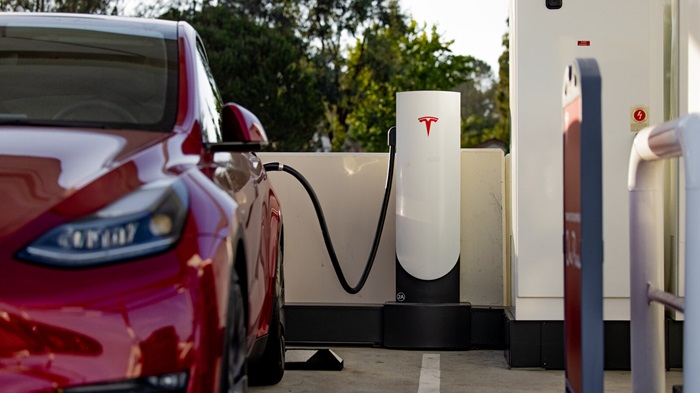
Highlight the Benefits of Level 1 Charging
- Affordability: One of the primary benefits of Level 1 charging is its affordability. Since it only requires a standard household outlet, there are minimal installation costs associated with Level 1 charging, making it an accessible option for EV owners.
- Accessibility: Level 1 charging can be performed wherever there is a standard household outlet, such as at home, workplaces, or destinations without dedicated charging infrastructure. This accessibility makes it convenient for EV owners to charge their vehicles in various locations.
- Ease of Use: Level 1 charging is incredibly easy to use, requiring no special equipment or expertise. EV owners simply need to plug their vehicle into a standard outlet using the charging cable provided, eliminating the need for additional charging stations or adapters.
- Convenience: Level 1 charging is convenient for overnight charging or during extended periods of parking, such as at home or workplaces. While it may not provide the fastest charging speeds, it is suitable for topping up the vehicle’s battery while the vehicle is not in use.
Factors Affecting Level 1 Charging Rate
Several factors influence how quickly your EV charges with Level 1 charging. Here’s a breakdown of the key ones:
1. Power Input:
The circuit voltage, typically 120 volts in standard household outlets, directly impacts the charging rate during Level 1 EV charging. Lower voltage results in slower charging, while higher voltage allows for faster charging.
However, the standard household voltage limits Level 1 chargers, which could result in slower charging compared to higher-voltage charging options like Level 2 or DC fast charging.
2. Amperage Rating:
The amperage rating of the charging circuit also affects charging speed. A higher amperage rating allows for more electric current to flow to the vehicle’s onboard charger, resulting in faster charging. Standard household outlets typically have amperage ratings of 15 or 20 amps.
Standard Outlet Limitations: Typical household outlets are rated for 15 amps (15A). While some Level 1 cables can be adjusted to 12 amps (12A), exceeding the outlet’s capacity can overload the circuit and trip breakers.
This limitation imposes a cap on the charging speed achievable through Level 1 charging, making it slower compared to higher-amperage charging options like Level 2 or DC fast charging..
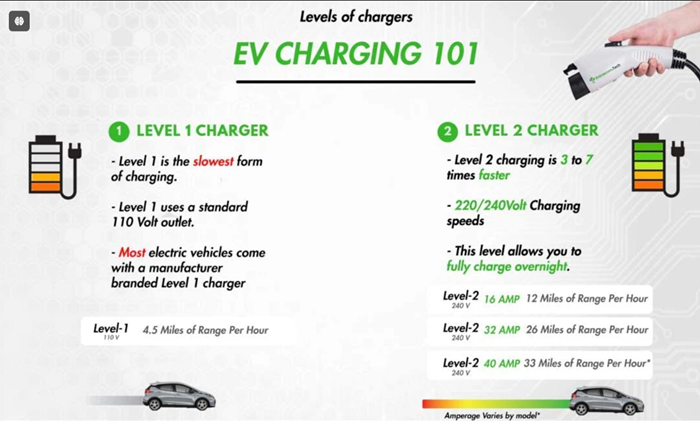
How does Level 1 Charging Compare to Other Charging Levels?
The table below summarizes the charging speeds and pros and cons of Level 1, Level 2, and Level 3 charging:
| Charging Level | Charging Speed (miles per hour) | Typical Charging Time (0% to 80%) | Advantages | Disadvantages |
| Level 1 | 2 – 5 | 40-50 hours | Very convenient, uses existing outlets, affordable | Extremely slow |
| Level 2 | 10 – 30 | 4-10 hours | Faster than Level 1, suitable for home installation | Requires installation, more expensive than Level 1 |
| Level 3 (DC Fast Charging) | 50 – 350+ | 15-30 minutes | Significantly faster than all other levels | Limited availability, expensive per kWh, can degrade battery health over time if used frequently |
In essence:
- Level 1 charging offers convenience and affordability but is very slow.
- Level 2 charging provides a good balance between speed and cost, making it suitable for home installations.
- Level 3 charging offers the fastest speeds, ideal for long trips, but with limitations in availability and a potential impact on battery health.
How to Optimize Level 1 EV Charging Speed?
While Level 1 charging won’t be as fast as at higher levels, there are strategies to maximize its efficiency and squeeze out every possible mile per hour.
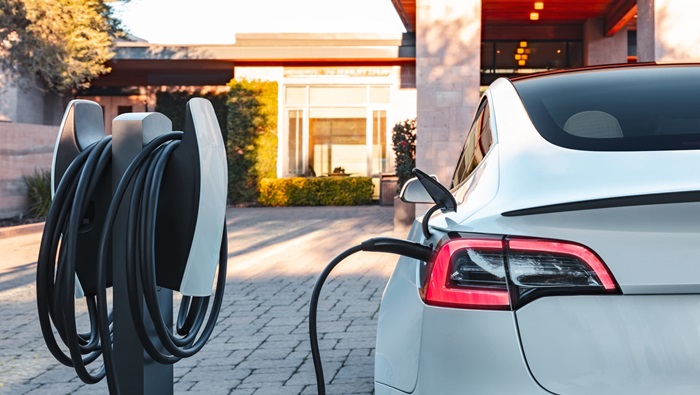
Using dedicated outlets:
- Benefits: Dedicating a specific outlet solely for EV charging ensures it has the full capacity to deliver the maximum current (usually 12 amps) without being shared with other appliances. This can lead to slightly faster charging compared to using a shared outlet.
- Considerations: Installing a dedicated outlet might require electrical work by a qualified electrician. The cost and complexity will depend on your existing electrical setup.
Upgrading Cables (Use Caution):
- Cable Gauge: Level 1 charging cables typically come in 12-gauge or 14-gauge wire. A thicker 12-gauge cable offers lower resistance, resulting in minimal energy loss during charging and potentially slightly faster charging speeds compared to a 14-gauge cable.
- Cable Length: Shorter cables experience less resistance than longer ones. If possible, use the shortest cable that conveniently reaches your charging outlet.
Important Safety Precautions:
Never modify the charging cable yourself. Only use manufacturer-approved cables or consult a qualified electrician for recommendations.
Only a licensed electrician should upgrade your electrical system or use thicker cable. Improper modifications can lead to overheating, fire hazards, or damage to your EV.
Additional Strategies:
- Schedule charging during off-peak hours: This can help you save money while charging, and some utility companies offer lower rates during off-peak periods.
- Start with a higher charge: If possible, plug your car in when it still has some battery life remaining. Charging from an almost empty battery takes longer than topping off a partially charged battery.
- Optimize outlet usage: Avoid sharing the outlet with other high-power appliances while charging. This can slow down the charging process.
By following these tips and prioritizing safety, you can optimize your Level 1 charging experience and get the most out of your home charging setup.
Compatibility and Safety of Level 1 Charging
Are There Compatibility Issues with Level 1 Charging?
Compatibility issues with Level 1 charging are generally minimal, as Level 1 charging utilizes standard household outlets and charging cables provided by the vehicle manufacturer. However, there may be some considerations.
Vehicle Compatibility: Most electric vehicles are compatible with Level 1 charging, as they come equipped with onboard chargers designed to accept standard household voltages. However, it’s essential to ensure that your EV’s charging port and connector are compatible with the Level 1 charging cable provided.
Charger Compatibility: While Level 1 chargers are designed to be compatible with standard household outlets, it’s essential to verify that the charging cable and plug match the outlet’s specifications. In some cases, adapters may be necessary to connect the charging cable to non-standard outlets or international sockets.
Adapter Usage: Adapters may be used to connect Level 1 charging cables to different types of outlets, such as NEMA 14-50 outlets commonly found in RV parks or campgrounds. However, it’s crucial to use adapters recommended by the vehicle manufacturer and to ensure that they are properly rated for the intended use to prevent safety hazards.
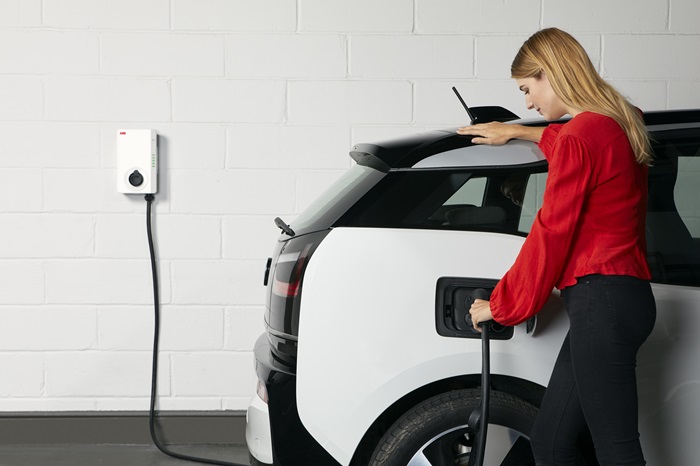
What Safety Measures Should Be Followed During Level 1 Charging?
Safety is paramount during Level 1 charging to prevent accidents and ensure the proper functioning of equipment. Some key safety measures include:
Proper Ventilation: Ensure that the charging area is well-ventilated to dissipate heat generated during charging. Avoid charging in enclosed spaces or near flammable materials to reduce the risk of overheating or fire.
Regular Inspection: Periodically inspect the charging cable, connectors, and charging port for signs of damage, wear, or corrosion. Replace any damaged components immediately to prevent safety hazards and ensure reliable charging performance.
Avoid Overloading Circuits: Avoid overloading electrical circuits by using dedicated outlets for Level 1 charging and refraining from plugging other high-power devices into the same circuit. Overloading circuits can lead to overheating, electrical fires, or damage to electrical infrastructure.
Follow Manufacturer’s Guidelines: Adhere to the manufacturer’s instructions and guidelines for proper installation, operation, and maintenance of the charging equipment. This includes recommended charging practices, safety precautions, and troubleshooting procedures to ensure optimal safety and performance.
By following these compatibility considerations and safety measures, EV owners can ensure safe and reliable Level 1 charging experiences while minimizing the risk of accidents or equipment damage.
Is Level 1 Charging Sufficient for Your Needs?
Whether Level 1 charging meets your needs depends on your daily driving habits. Here’s how to figure it out:
- Track Your Daily Mileage: Monitor your daily driving distance for a week or two. This will give you a good idea of your average daily charging requirements.
- Consider Additional Trips: Factor in occasional longer trips or unexpected errands that might require more range.
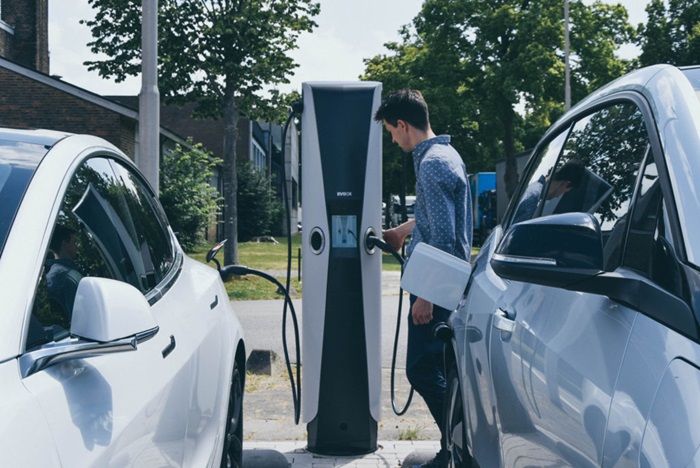
Level 1 Charging is Ideal For:
- Low Daily Drivers: If your daily commute is minimal (less than 30–40 miles) and you have access to overnight charging at home, Level 1 charging might be sufficient.
- Secondary Vehicles: For a second car used for occasional errands, Level 1 charging at home might be adequate.
- Emergency Top-Ups: Level 1 charging can provide a safety net if you need to top off your battery in a pinch, like at a friend’s house.
Supplementing Level 1 Charging with Other Options:
Even if you primarily use Level 1 charging at home, having access to other charging options can be beneficial:
- Public Charging Stations: These stations offer faster charging speeds, ideal for topping off the battery during errands or longer trips.
- Level 2 Charger at Home: If your usage occasionally exceeds Level 1’s capabilities, a Level 2 charger installation at home can significantly reduce charging times.
Public charging stations offer:
- Faster Charging Speeds: They can provide more miles of range in a shorter time compared to Level 1 charging.
- Convenience on the Go: Public stations can be lifesavers during road trips or when you need a quick charge before reaching your destination.
In conclusion, Level 1 charging can be a viable option for low daily drivers with access to overnight charging. However, supplementing it with public charging stations or a home Level 2 charger can provide more flexibility and convenience for your EV ownership experience.
Tips for Maximizing Level 1 Charging Efficiency
While Level 1 charging won’t be super speedy, here are some tips to optimize your charging time:
- Schedule Charging During Off-Peak Hours: Many electricity providers offer lower rates during off-peak hours (typically overnight). This can help you save money while charging. Check with your electricity provider for specific off-peak times.
- Start with a Higher Charge: If possible, plug your car in when it still has some battery life remaining. This is because charging from a nearly empty battery takes longer than topping off a partially charged battery.
- Optimize Outlet Usage: Avoid sharing the outlet with other high-power appliances while charging. This can slow down the charging process.
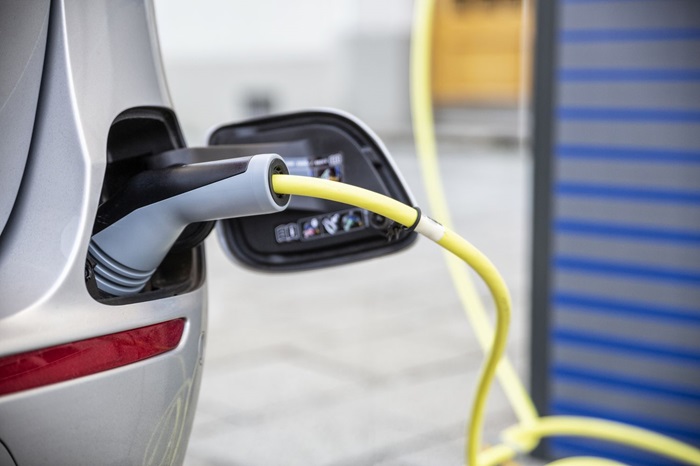
Best Practices for Level 1 Charging at Home:
- Safety Reminders:
Outlet Capacity: Ensure the outlet you’re using is rated for the amperage (usually 12 amps) you’ve selected on your charging cable. Don’t overload the circuit.
Ground Fault Circuit Interrupter (GFCI): If you’re using an outlet with a GFCI button, make sure it hasn’t tripped. Reset it if necessary, but consult a qualified electrician if it trips frequently.
Extension Cords: Avoid using extension cords, as they can overheat and become safety hazards. Only use the provided charging cable.
Environmental Conditions: Extreme temperatures can impact charging efficiency. Park in a temperature-controlled space if possible.
- Maintenance Tips:
Cable Care: Inspect the charging cable regularly for signs of damage, like fraying or cracks. Replace it if it is damaged to avoid safety risks.
Outlet Inspection: Visually inspect the outlet for any signs of wear or overheating. Consult a qualified electrician if you notice any concerns.
Cleanliness: Keep the charging connector pins clean and free of debris to ensure a good connection.
By following these tips, you can safely and efficiently maximize your Level 1 charging experience.
Optimizing Level 1 EV Charging Rate: A Comprehensive Guide
As electric vehicle (EV) adoption continues to rise, advancements in Level 1 charging technology are enhancing charging rates and improving the overall charging experience for EV owners. We’ll explore these advancements and their potential impact on the EV market.
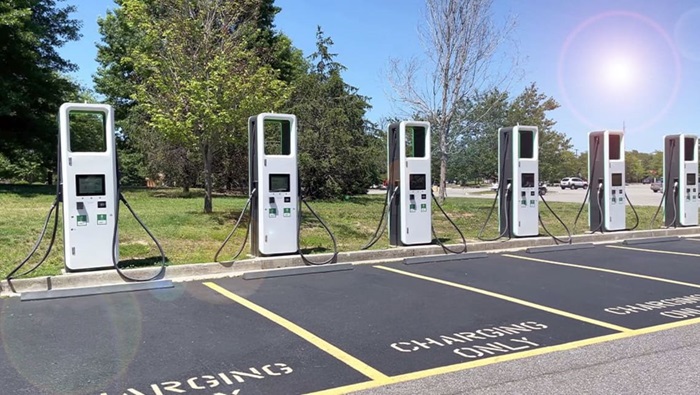
1. Potential Advancements in Level 1 Charging Technology:
- Smart Chargers: These chargers could dynamically adjust the charging current based on outlet capacity and battery health, potentially enabling faster charging without overloading circuits.
- Improved Cable Design: New cable designs with lower resistance could minimize energy loss during the charging process, leading to slightly faster charging speeds.
- Vehicle-to-Grid (V2G) Integration: Imagine a future where EVs could not only receive electricity but also feed it back into the grid during peak demand periods. Level 1 chargers with V2G capabilities could optimize charging times based on grid conditions.
2. Impact on the EV Market:
- Increased EV Adoption: Faster Level 1 charging could ease range anxiety for some potential EV buyers, particularly those with access to dedicated overnight charging at home. This could accelerate EV adoption.
- Reduced Reliance on Public Charging Infrastructure: With faster Level 1 charging, EV owners might rely less on public charging stations, potentially reducing congestion and pressure on the charging infrastructure.
- Smarter Grid Management: V2G integration in Level 1 chargers could contribute to a more balanced and efficient electricity grid, benefiting both EV owners and utilities.
3. Important Considerations:
- Upgrading existing household outlets or electrical panels might be necessary to accommodate some of these advancements.
- Balancing charging speed with battery health will remain crucial.
Overall, advancements in Level 1 charging technology have the potential to make EVs even more convenient and attractive to a wider range of consumers, further accelerating the transition to electric transportation.

Henry Michael is a leading expert in EV charging station research, specializing in innovative solutions for electric vehicle infrastructure. With a passion for sustainability and technological advancement, he is dedicated to advancing the accessibility and efficiency of EV charging worldwide.

